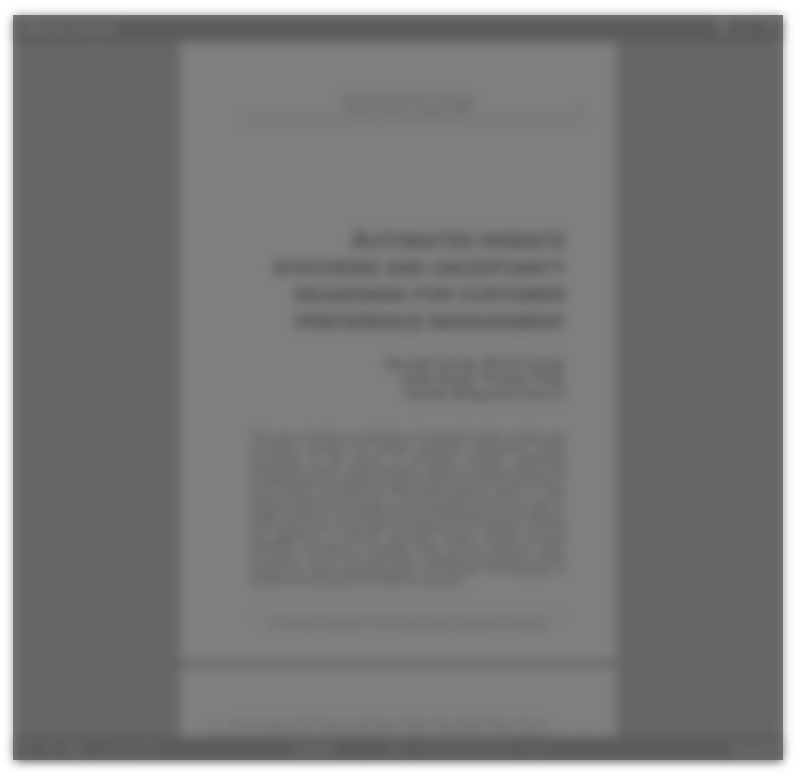Abstract:
This paper addresses the historic background related to the introduction of a lifestyle questionnaire in the regular Radio Audience ratings diaries in Australia, the pilot test and the eventual introduction of a full service. We look at the advantages of Single Source data over data fusion from real experience in the Radio Advertising Arena, and the benefits now offered to radio stations, agencies and advertisers alike from this Single Source service. Historically stations, agencies and advertisers have relied solely on demographic data such as age and sex to target audiences. With the introduction of lifestyle data, audiences can now be categorised by their intention to buy or use particular products and services. Data is delivered via PC re-analysis using the source diary data, giving endless access to cross tabulation. In addition to providing station strengths by lifestyle, the Single Source data can also be used to profile a station's audience and create word pictures to describe the listener. The data can also be used to provide universe estimates for particular lifestyle categories. In these days of increased competition between media vehicles for the advertising dollar. Single Source has certainly provided radio with a competitive edge over other media in the Australian market place.
This could also be of interest:
Research Papers
 Single-source-research
Single-source-research
Catalogue: ESOMAR/ARF Worldwide Broadcast Audience Research Symposium 1992
Author: Matthias Steinmann
Company: Swiss Broadcasting Corporation
 June 15, 1992
June 15, 1992
Case Studies
 The French single source experience
The French single source experience
Catalogue: Seminar 1996: Managing Media Data For Market Profit
Authors: Laurent Battais, Laurent Spitzer
Company: MarketingScan
 November 11, 1996
November 11, 1996






